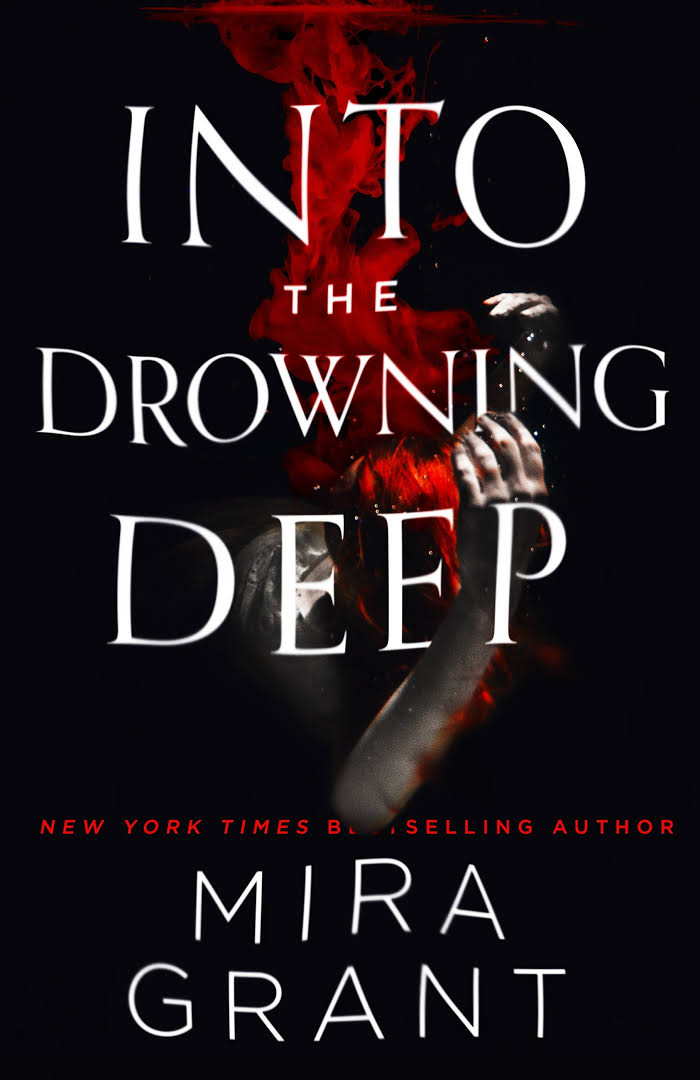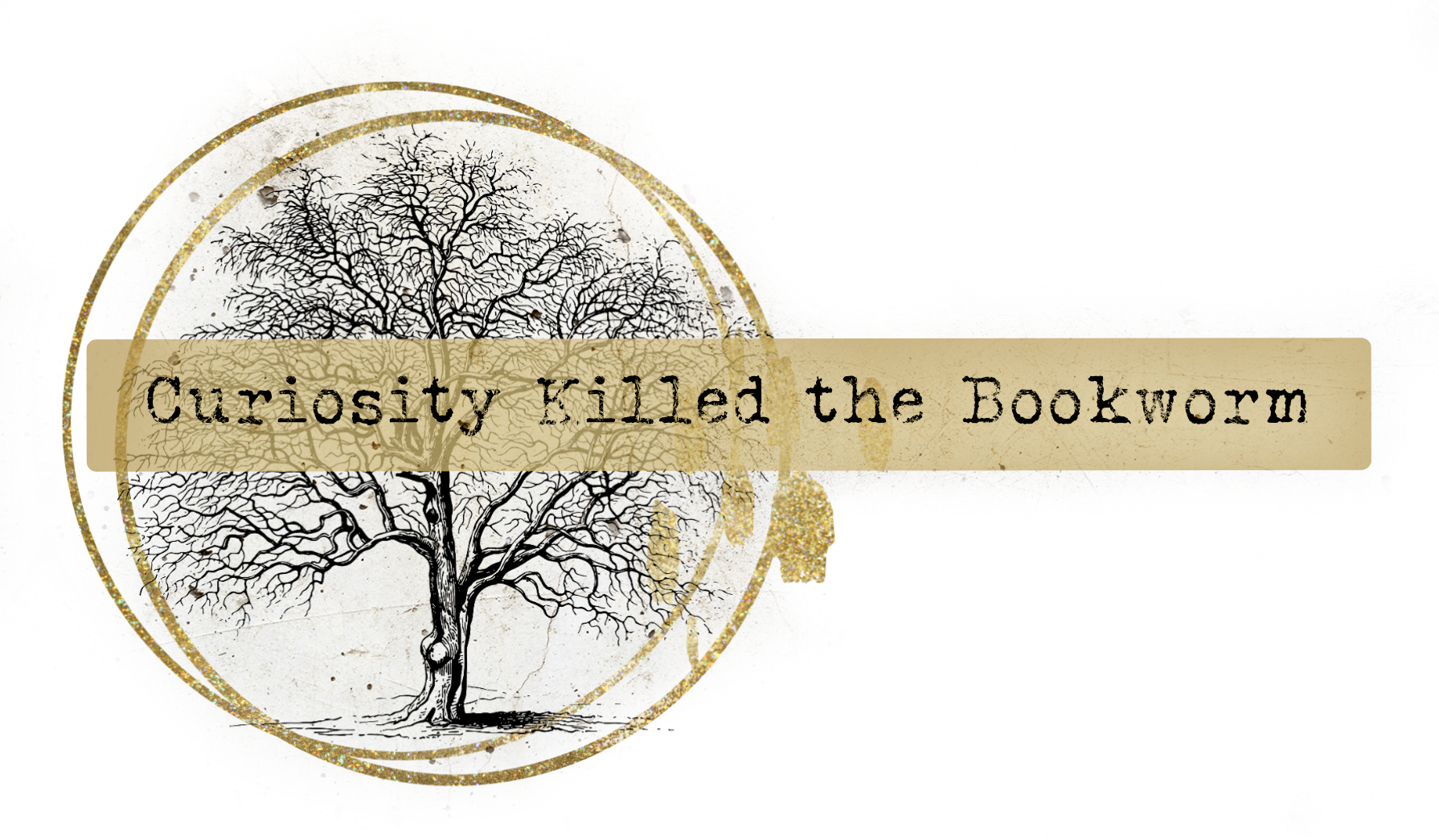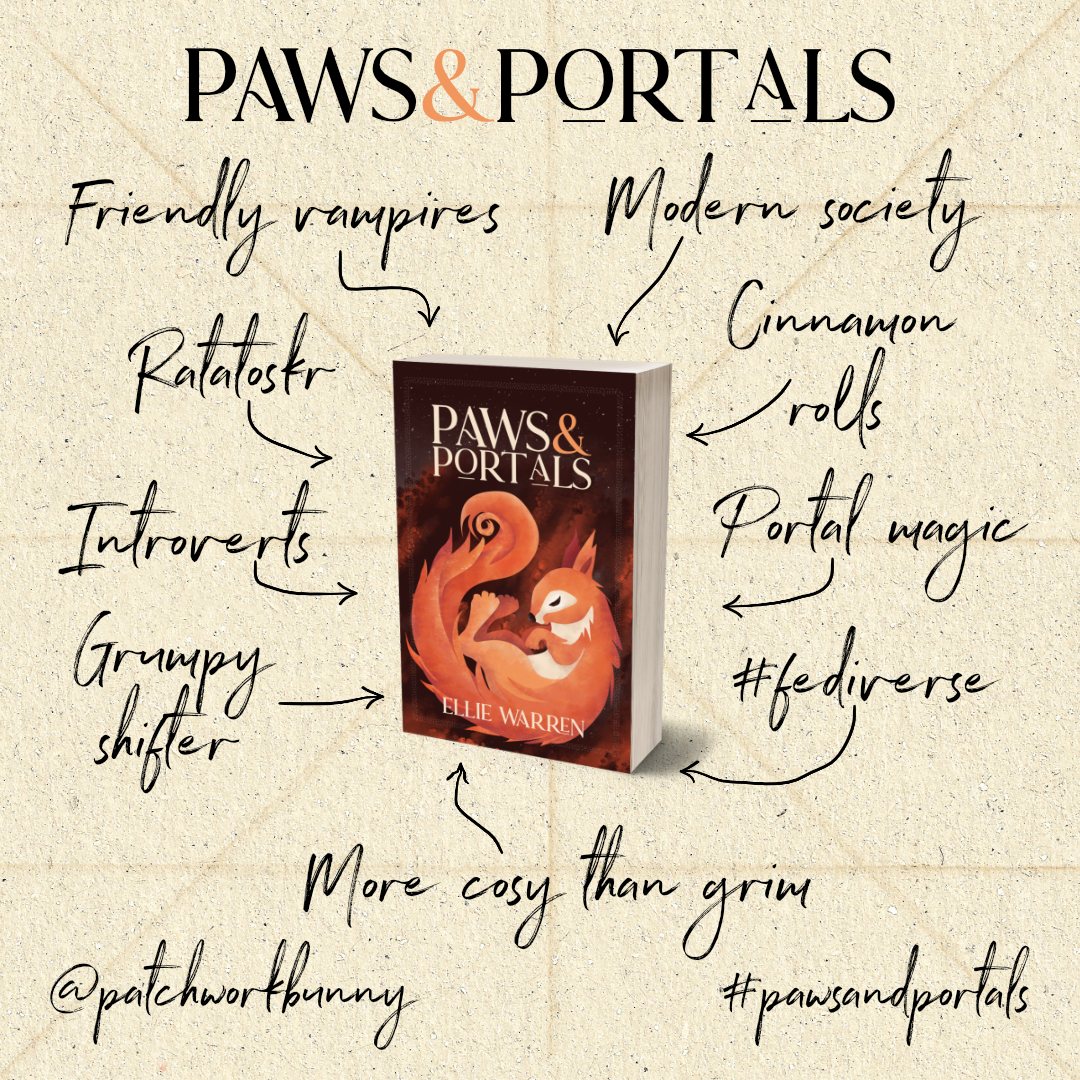
Into the Drowning Deep reminded me in many ways of Michael Crichton’s Jurassic Park, but instead of dinosaurs, there are killer mermaids. It’s set in the very near future, enough to allow for some slight technological advances and a bit more damage to the environment. There’s scientific speculation and an unnerving reminder than humans’s place at top of the food chain is precarious.
They weren’t supposed to find anything. Mermaids aren’t real.
The Atargatis set sail to film a mockumentary on mermaids in the Mariana Trench, only to never return. The only clues to what happened to them is their footage, which many dismiss as an elaborate hoax. Fast forward a few years and the entertainment company is looking to send another expedition to find the truth. Is it possible mermaids are real?
I loved all the marine biology sections and the Northern Californian setting of the opening chapters. The premise is that the “mermaids” have evolved in the deepest parts of the ocean, living separate to humans, but still affected by our actions on land. So much so, that their hunting patterns are changing. Mira Grant spends lot of time on the possible scientific explanations for the mermaids existence, physiology and behaviour.
Every mile of the ocean could be marked as the site of some ‘surprising’ or ‘unexpected’ death; humanity sailed, and the sea punished it for its hubris.
It follows a similar format to her other books under the same pen name, with extracts from different characters’ lectures, notes, etc. There is a big cast of characters, all with their own reasons for being on board. Tory both loves the ocean but wants to find out what really happened to her sister, who died on the Atargatis. There is the professor who has spent her career trying to convince the world that mermaids exist. Security is provided by a pair of big game hunters, with little patience for the scientists or the TV crews.
The deaf twins are not just there to represent disability but also that communication is more than just speech, and to attempt to understand the mermaids needs knowledge beyond spoken language. Just like in Arrival, we can’t just expect language between two species who have never interacted to be simple.
Science should feel urgent every once in a while. You know, half the time we’re saving the world in slow motion, but days like this, we get the chance to run.
Since finishing Into the Drowning Deep I’ve seen a few negative reactions to it, leaving me wondering if everyone read the same book (yeah that thing again, only roles reversed). OK, if I dissected it, some bits are silly and there are a lot of different elements, which means it’s slower than an average horror. If you have zero interest in marine biology and evolution of potential creatures of the abyss, maybe sit this one out. I still stand by the fact that I loved it. And I can’t really blame the mermaids for what they do…
POPSUGAR Reading Challenge: 25 A book set at sea
Goodreads | Amazon | Waterstones | Hive | Wordery
Book Source: Purchased
Related posts
3 Comments
Leave a ReplyCancel reply
This site uses Akismet to reduce spam. Learn how your comment data is processed.







I loved this too! Have you read Rolling in the Deep?
No, I'd like to but it's not available in the UK (unless you want to spend a lot of money on the fancy edition).
Sounds fantastic.